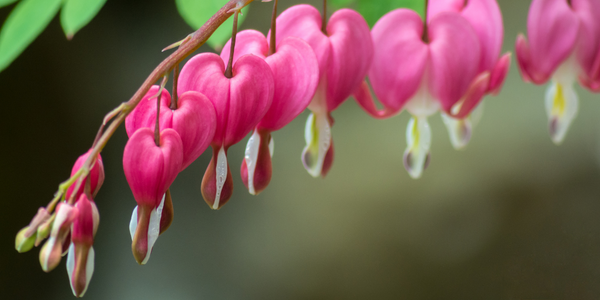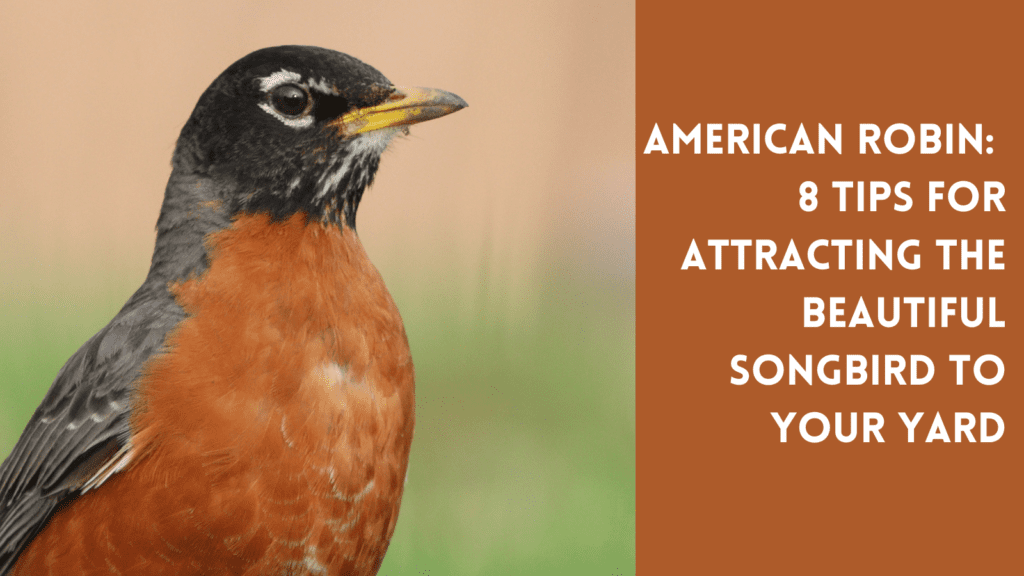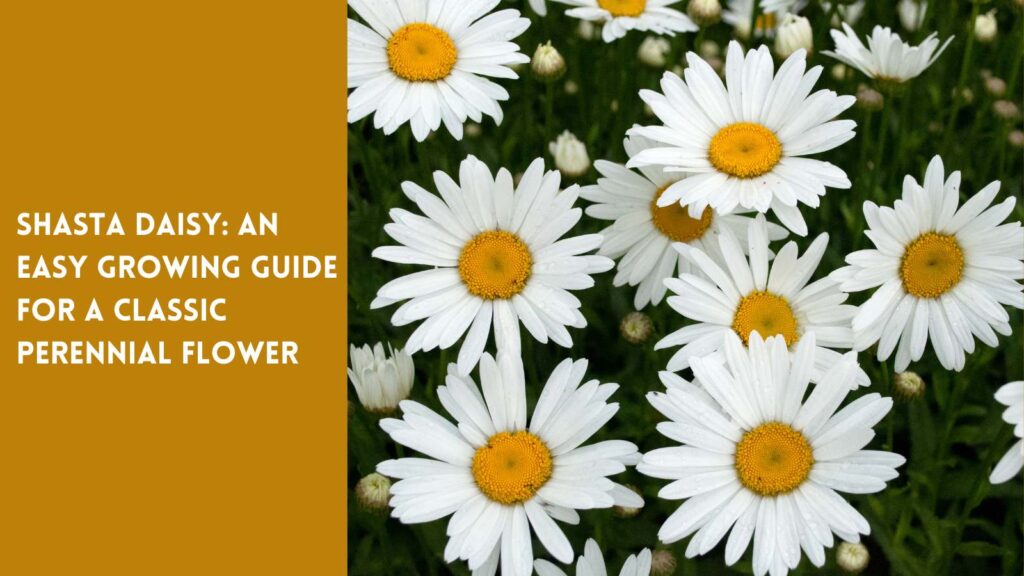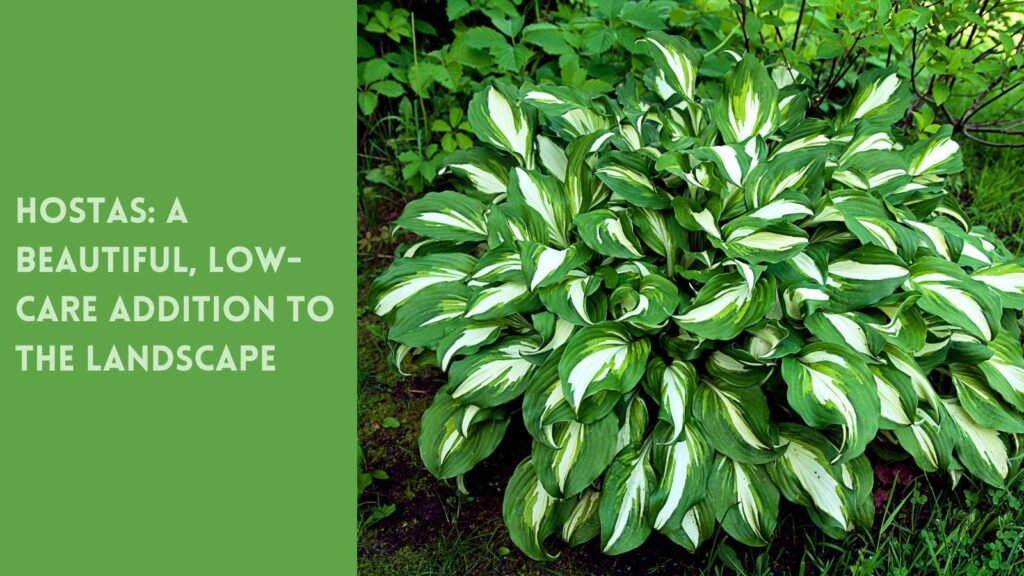Last Updated on: 14th March 2024, 05:29 am
You’ll love this graceful beauty!
Bleeding Heart (Latin: Dicentra spectabilis) is a popular perennial plant with lovely and unique heart-shaped flowers. The Bleeding Heart plant is hardy in USDA growing zones 3 through 9, which means it can tolerate a wide range of temperatures and is well-suited for many regions of the United States.
This gorgeous plant will add tremendous beauty and color to your perennial, rock, or pollinator garden.
Would you rather learn about this flower on video? Watch our YouTube video.

Those Gorgeous Bleeding Heart Locket-Shaped Flowers Will Steal Your Heart
The plant typically grows about two to three feet tall and wide and features delicate, fern-like foliage. The stems are usually arching, and the leaves are a bluish-green color.
The flowers are the standout feature of this plant, hanging from the arching stems in rows of pink or white, heart-shaped blooms with a droplet-shaped tip that resembles a drop of blood.
The lovely dangling flower does not have a noticeable fragrance. However, pollinator insects cannot resist the bright colors, making it perfect for attracting incredible pollinating insects.
Where to Plant Dicentra Spectabilis
The Bleeding Heart plant prefers to grow in rich, well-draining, consistently moist soil. It can tolerate some shade but will not thrive in the full shade.
During the growing season, it’s essential to water the plant regularly, especially during drought. Applying a layer of mulch around the plant’s base can help retain moisture in the soil.
After the flowering, most gardeners will choose to cut it back to encourage new growth.
Planting Requirements for This Outstanding Perennial Flower
You should plant the Bleeding Heart plant in the spring or fall. When planting, choose a location that receives only partial shade to filtered sunlight, and ensure that the soil will drain quickly. It’s recommended to plant the Bleeding Heart about two to three feet apart to allow for sufficient growth.
To plant, dig a hole slightly wider and deeper than the root, gently place it into the hole, and cover the roots. After planting, water the plant thoroughly to help it establish itself.

The Takeaway: Bleeding Heart Flowers Are Stunning for a Partial Shade to Filtered Sun Location in Your Yard
Bleeding Heart flowers are charming, with delicate, heart-locket flowers. They are best for a partially sunny or filtered light setting, as they dislike both full shade and sunshine. You can expect to put a little effort into maintenance. Still, this perennial is good-natured and not exceptionally difficult to grow. Learn more about how to beautify your landscape–follow Tayloe’s Lawn Care on Facebook now.
Author Profile

- Deborah Tayloe is the CEO and co-founder of Tayloe's Lawn Care Services, LLC. She has a B.S.Ed and holds certificates in soil and water management and herbology from accredited programs.
Latest entries
 Trees and ShrubsApril 22, 2025Boxwood Blight: Early identification and isolation
Trees and ShrubsApril 22, 2025Boxwood Blight: Early identification and isolation Flower GardenApril 8, 2025John F. Kennedy Rose: Hybrid tea rose with elegant white blooms
Flower GardenApril 8, 2025John F. Kennedy Rose: Hybrid tea rose with elegant white blooms Vegetable GardenMarch 24, 2025Trellis vegetables provide an abundant vertical garden harvest
Vegetable GardenMarch 24, 2025Trellis vegetables provide an abundant vertical garden harvest GardeningMarch 17, 2025Are coffee grounds good for compost?
GardeningMarch 17, 2025Are coffee grounds good for compost?






